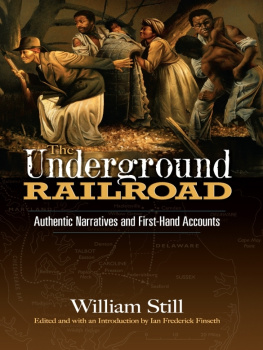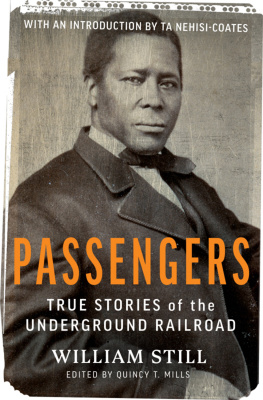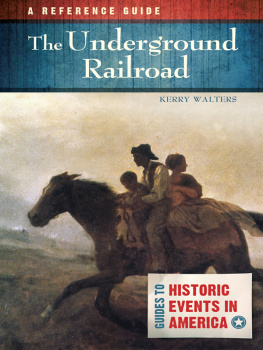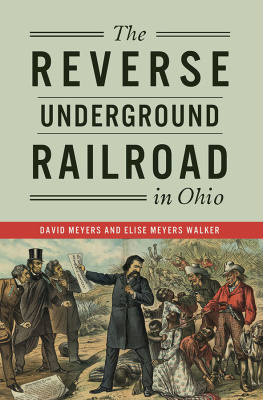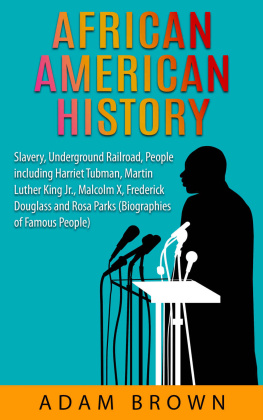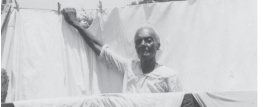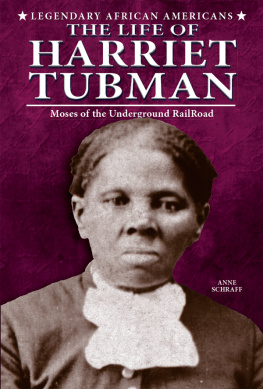Slave Narratives of the Underground Railroad

Slave Narratives of the Underground Railroad
E DITED BY
CHRISTINE RUDISEL AND BOB BLAISDELL

DOVER PUBLICATIONS, INC.
Mineola, New York
DOVER THRIFT EDITIONS
G ENERAL E DITOR : M ARY C AROLYN W ALDREP
E DITOR OF T HIS V OLUME : S USAN L. R ATTINER
Copyright
Copyright 2014 by Dover Publications, Inc.
All rights reserved.
Bibliographical Note
Slave Narratives of the Underground Railroad, first published by Dover Publications, Inc., in 2014, is a new anthology, reprinted from standard sources. A new introductory Note has been specially prepared for this edition.
Library of Congress Cataloging-in-Publication Data
Slave narratives of the Underground Railroad / edited by Christine Rudisel and Bob Blaisdell.
pages cm (Dover thrift editions)
Summary: More than 100,000 people escaped slavery in the American South by following the Underground Railroad, a complex network of secret routes and safe houses. This inexpensive compilation of firsthand accounts offers authentic insights into the Civil War era and African-American history with compelling narratives by Frederick Douglass, Harriet Tubman, and lesser-known refugees Provided by publisher.
Includes bibliographical references.
eISBN-13: 978-0-486-79670-3
1. Fugitive slavesUnited StatesBiography. 2. Underground RailroadSources. 3. SlavesSouthern StatesBiography. 4. African AmericansSouthern StatesBiography. 5. SlaverySouthern StatesHistory19th centurySources. 6. Slaves writings, American. I. Rudisel, Christine. II. Blaisdell, Robert.
E450.S585 2014
973.7115092dc23
[B]
2014005072
Manufactured in the United States by Courier Corporation
78061901 2014
www.doverpublications.com
Contents
Alphabetically arranged by the last name of the primary subject; the author of the narrative, if not the subject, follows the title in brackets.
NOTE
No more drivers lash for me,
No more, no more,
No more drivers lash for me,
Many thousand gone.
N O M ORE A UCTION B LOCK
B Y THE EARLY 1840s, the act of African Americans fleeing slavery became known as the Underground Railroad. This term was after all only a metaphorical label that arrived with the advent of the real railroad that was transforming transportation over the vast continent. The Underground Railroad described not a public or private transportation system but the clandestine and illegalized impulse of slaves to flee from the American South by any means possible.
Yet to escape or to help someone escape slavery, which Harriet Jacobs called a deep, and dark, and foul pit of abominations, Those who acted on their belief in human liberty and in the words of the Declaration of Independence, that all men are created equal, risked death, torture, return to slavery or prison. A slave who escaped was legally guilty of theft: stealing someone elses property.
There is no end to the outrage we can feel that the Founding Fathers of our country accepted slavery while demanding national liberty from Great Britain in the American Revolution in 1776 and then even embraced it in the disgusting compromises made in composing the Constitution in 1787. The famed British author Samuel Johnson mocked the Americans demands for freedom while they continued enslaving hundreds of thousands of individuals for the crime of having dark skin and African ancestors: How is it that we hear the loudest yelps for liberty among the drivers of negroes? Powerful American political and religious leaders vigorously justified slaverys necessity, further helping Americans to accustom themselves to the injustices of the system and to their contradictory impulses. When moral objections arose, these same leaders had no compunction or second thoughts about asserting slaverys goodness.
*
In this anthology of American history, we admire not the upholders of the laws but the criminals: the courageous slaves who attempted escape and all those heroic individuals who helped them along. We respect the illegal, freedom-seeking actions of fugitives who risked capture and brutal punishments, such as whippings, branding, and the amputation of limbs, and the work of their abettors, men and women who risked fines, imprisonment, and violent, if not fatal, retaliation for their efforts. Slaves who decided to run usually believed that anything, even death, was an improvement over being perceived as chattel in a system that was, according to runaway Moses Wood, no more justifiable than murder. to be free. Abolitionists remained true to their principles, regularly frustrating slave-owners, hampering slave-catchers, and imperiling themselves. William Still, a free African American who helped hundreds of fugitives through his work with the Vigilance Committee of Philadelphia, was so fearful of slaveholder vengeance that he hid the records of everyone he assisted and withheld names when he introduced abettors to the fugitives they were helping.
Seth Concklin, a brave Quaker abolitionist, lost his life for attempting to usher the family of William Stills brother to freedom. Concklins chained, beaten, and lifeless body was found in the Ohio River. Levi Coffin and his wife, Quakers who fed, hid, clothed, and transported thousands of fugitives, were repeatedly threatened by slave-hunters and their sympathizers. In his Reminiscences, Coffin tells us, These men often threatened to kill me, and at various times offered a reward for my head. I often received anonymous letters warning me that my store, pork-house, and dwelling would be burned to the ground, and one letter informed me that a body of armed men were then on their way to destroy the town.
As the abolitionists of the North finally began making their voices heard in the 1830sthat is, explaining to their fellow Christians the revelation that slavery was wickedthey were wonderfully nave that the slave-interests would agree. The abolitionists, consulting their consciences and their bibles, wondered how could anyone disagree that slaves were people, that slavery was evil, that slavery made slaveholders cruel, that an economy based on exploitation of human beings was wrong? But preachers North and South made believe that invoking God in slaverys name made ones actions godly, and slaveholders insisted they were doing a favor to those creatures they held in bondage! Although able to justify the system and their behavior, not a single one of slaverys advocates, even those most ardent in their belief of its divine justice, ever submitted himself to enslavement. We see, however, in countless instances (and a few in this anthology) the slaveholders willingness to enslave his own children.
It is hard to think about cotton and Eli Whitney without wishing that his invention of the cotton gin had awaited a later day, as this advancement increased the number of enslaved men and women by more than 200 percent between 1790 and 1830.
*
Oh, de land I am bound for, Sweet Canaans happy land,
I am bound for, Sweet Canaans happy land.
Oh, my brother, did you come for to help me?
Pray, give me your right hand, your right hand.
S WEET C ANAAN
In Philadelphia, William Still, the son of slaves, believed in the power of narratives to create a sense of individual lives. He risked his life and position in giving refuge, encouragement, and material aid to escaping slaves. About half of the narratives we have included in this collection are ones he collected. As the secretary and chairman of the Vigilance Committee of Philadelphia and on the lookout for escaped slaves in need of help, he became fascinated by their astounding and terrifying stories. As a literate person, as a person of responsibility, he saw his job as helping the slaves get away and in preserving their stories not only for the world but for the escapees themselves as well (many of whom were illiterate). But the world would have to wait for the stories that testified to the men and womens courage and daring. The Fugitive Slave Act of 1850 meant Still was a serial criminal, and his stories of human beings and what they lived and suffered through were evidence of



